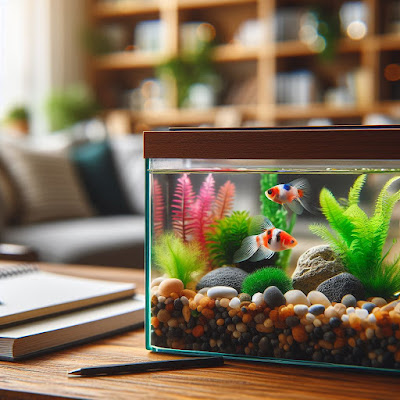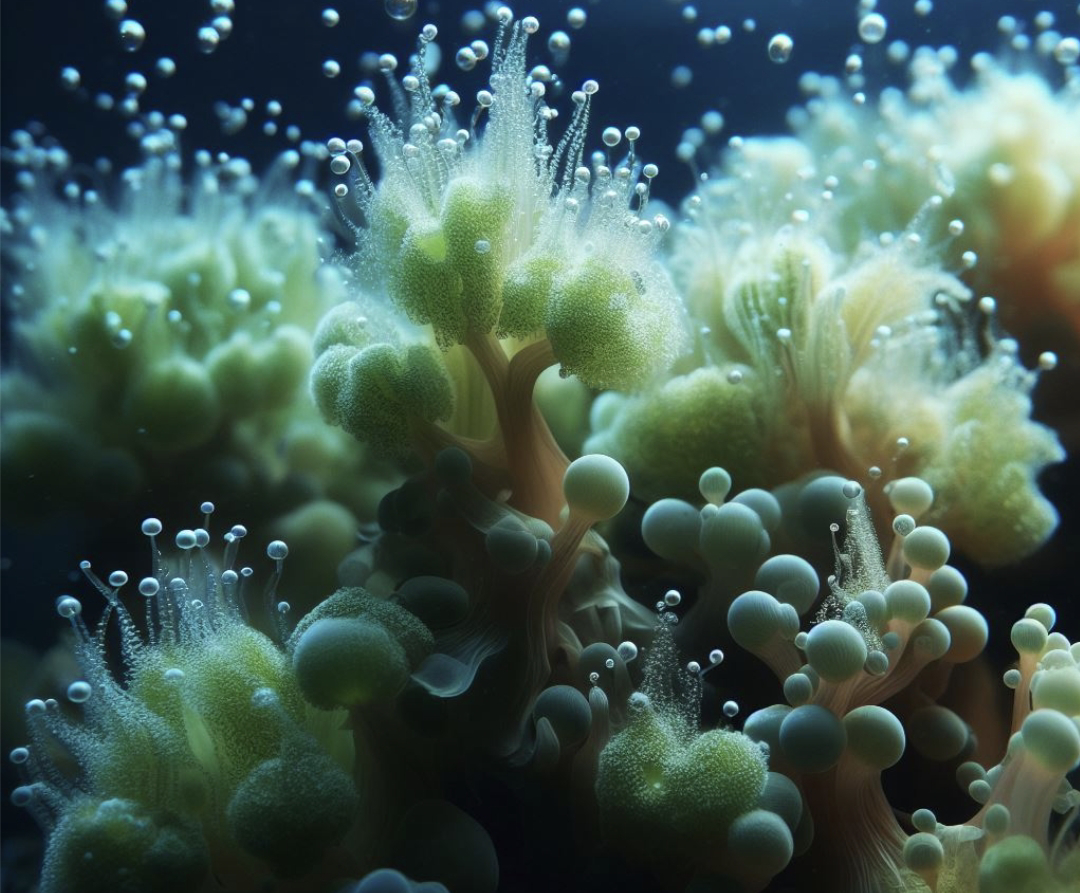Stocking Aquarium Fish: What to Add and How Many to Add at Once
Adding fish to your aquarium is an exciting step in building your own aquatic ecosystem, but it's not a decision to be taken lightly. The right selection and introduction of fish to your tank can make the difference between a thriving underwater world and a stressful, unstable environment for your aquatic friends. In this guide, we will explore the essential factors to consider when stocking your aquarium, including what types of fish to add and how many to add at once.
Consider Your Tank Size
The size of your aquarium is one of the most critical factors to consider when stocking fish. A larger tank provides more space for fish to swim, reduces the impact of waste on water quality, and allows for a greater variety of species. In contrast, smaller tanks have limited capacity, making it essential to choose fish that are suitable for your tank's size.
Research Fish Compatibility
Fish have unique personalities and territorial behaviors, so it's crucial to select species that are compatible with each other. Before adding fish to your tank, research their social behaviors, size, and preferred water conditions. Some species are peaceful, while others can be aggressive or territorial. Avoid combining species that are likely to clash, which can result in stressed or injured fish.
Consider Water Parameters
Different fish species have varying preferences for water conditions, such as temperature, pH, and hardness. Choose fish that have similar requirements to simplify maintenance and ensure the well-being of your fish. Some fish are adaptable and can thrive in a wide range of conditions, but others are more sensitive and require specific water parameters.
Introduce Fish Gradually
When it comes to how many fish to add at once, it's best to err on the side of caution. Introducing too many fish too quickly can overwhelm your tank's biological filtration, leading to spikes in ammonia and nitrite levels. To avoid this, add only a few fish initially, monitor water parameters regularly, and allow the biological filtration to adjust.
Cycle Your Tank
Before adding any fish, it's crucial to cycle your aquarium. Cycling establishes a stable nitrogen cycle in your tank, where beneficial bacteria convert harmful ammonia and nitrites into nitrates, which are less harmful to fish. This process typically takes several weeks and ensures that your tank can handle the waste produced by the fish.
Monitor Water Quality
Regularly test your tank water for parameters like ammonia, nitrites, nitrates, pH, and temperature. These tests will help you assess the health of your aquarium and identify any issues that may arise. If you notice any unusual changes in water quality, take appropriate actions, such as water changes or adjusting the filtration system.
Observe Fish Behavior
Once you've introduced your initial fish, closely observe their behavior. Signs of stress or aggression may indicate that the fish are not compatible or that there are too many fish in the tank. Pay attention to unusual swimming patterns, hiding, or aggression, and be prepared to make adjustments if needed.
Avoid Overstocking
Overstocking your aquarium is a common mistake that can lead to various problems, including poor water quality, increased disease risk, and stressed fish. As a general guideline, aim for one inch of fish (measured from nose to base of tail) per gallon of water. Keep in mind that this is a rough estimate, and it's essential to consider the specific needs of the fish you plan to keep.
Stocking your aquarium requires careful planning and consideration. By choosing compatible fish, paying attention to your tank's size and water parameters, and introducing fish gradually, you can create a balanced and thriving aquatic environment. Remember that patience is key, and taking the time to research and make thoughtful decisions will lead to a more enjoyable and successful aquarium experience.









.png)
